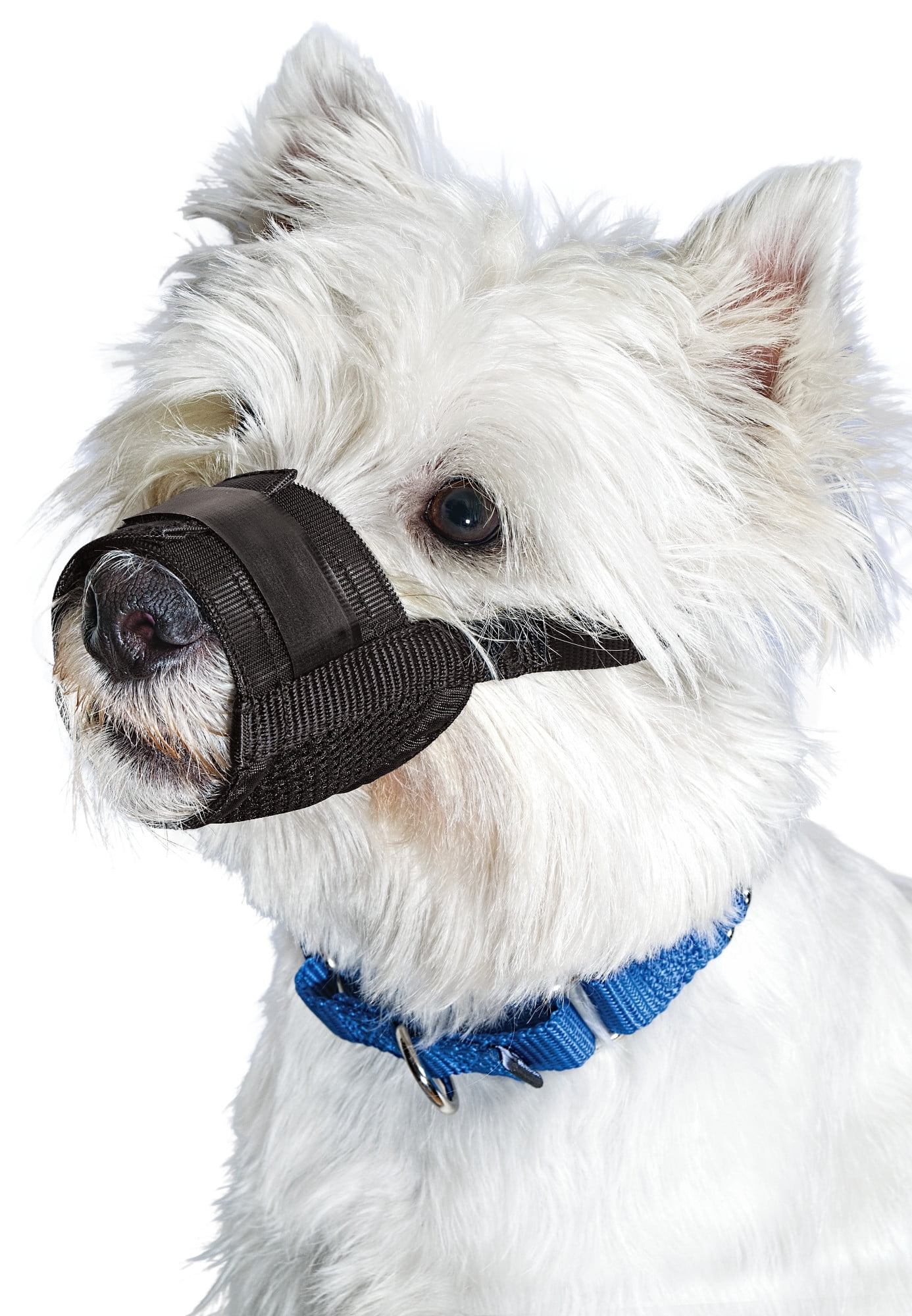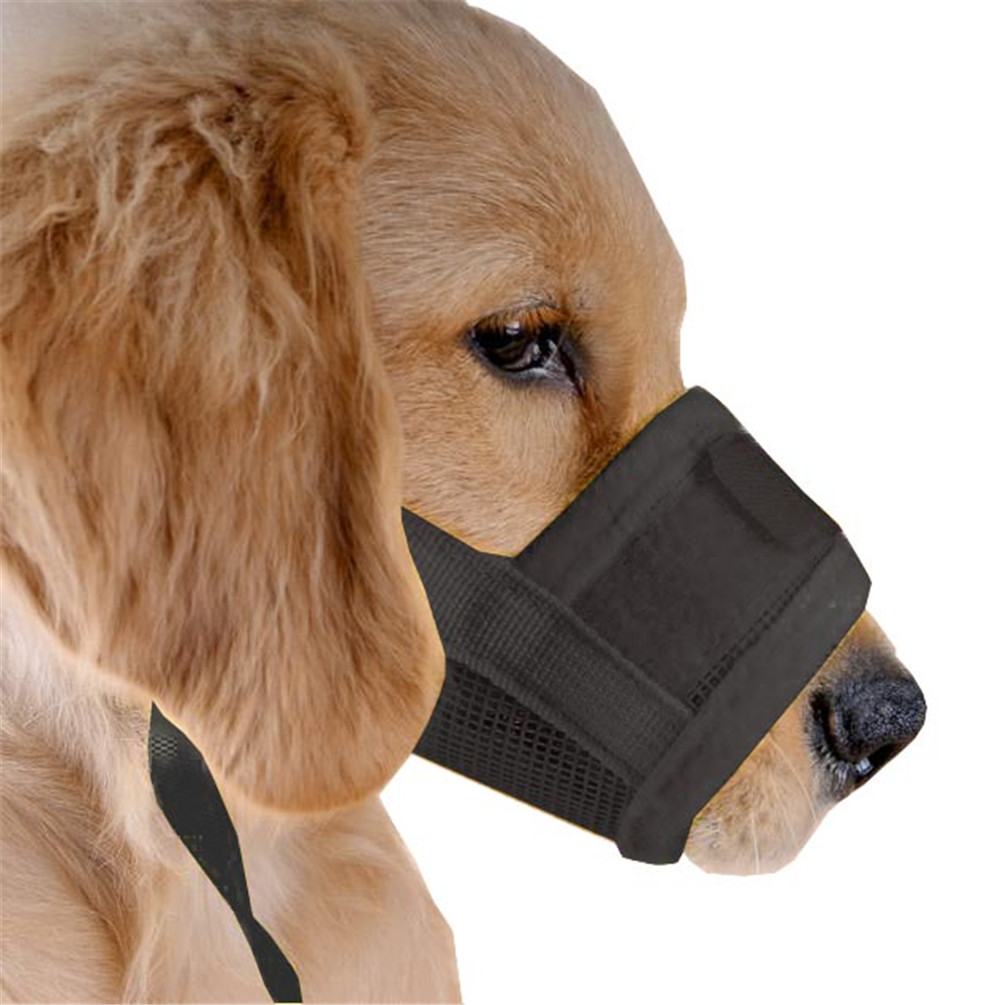

Resources may include food, treats, toys, preferred resting places, owner proximity or owner attention.

Common triggers include competition for resources. Interdog Aggression - Treating “Sibling Rivalry” Avoiding Triggersįirst you want to avoid situations that may trigger aggression. Treatment protocols that are inconsistently used over time or between household members sends mixed messages to dogs, resulting in ambiguity and treatment failure. Every human member of the household must be on the same page so that household routines and interactions with the dogs are consistent. Punishment should be avoided as it may either escalate the aggression or redirect it toward the owner. Exercise can have a calming effect, so taking the dogs for walks or runs may be recommended. Spaying and neutering of intact dogs may also help. Some form of behavior modification (#1-4) is very important to success. Medication alone does not usually lead to successful resolution of the aggression. Treatment involves:ġ) Avoiding aggressive situations and triggersĢ) Starting a “nothing in life is free” programĤ) Desensitization and counter-conditioningĥ) Medication, such as fluoxetine, to reduce anxiety and aggressionĭepending on the situation, one or all of these techniques may be recommended. With proper management, improvement is seen in 96% of cases, with median improvement in aggression rated at 69%. It may take weeks to months before improvement is seen. Treatment for aggression takes time and effort. If severe bites have occurred to humans or dogs, aggression triggers are unpredictable, or the home situation is such that treatment would be difficult, then re-homing may be recommended. The overall safety of the situation should also be evaluated. First, the dogs should be examined to rule out physical problems that may contribute to aggression, such as hormone disorders or painful conditions (e.g. Owner behavior that may inadvertently contribute to aggression includes: interference with normal social rituals, reinforcement of aggressive behavior, frequently scolds/yells/gets upset (increases dog’s tension and arousal), owners that respond inconsistently to dog’s behavior, and lack of training/control of dogs. Up to 20% of interdog aggressive dogs also show aggression toward owners, indicating that owner conflict is often also a problem. This supports the theory that many of these dogs use aggression to control situations that make them uncertain, anxious or fearful. Studies have shown that up to 50% of aggressive dogs also suffer from separation anxiety, while 30% suffer from phobias or generalized anxiety.

Some dogs may be predisposed to aggression if they were not well socialized as puppies, have experienced social trauma (human or dog related), or lack good training. This can make identifying the “alpha dog” tricky. one dog may get priority with toys, while another may be the top dog when it comes to food). A dog’s position within the hierarchy can be fluid and change over time or with different circumstances (e.g. Owners must be aware that dog social structure is not necessarily straightforward. Other common causes of aggression involve changes within the household that lead to an unstable hierarchy, such as the addition of a new dog, social maturity of a puppy (occurs around 3 years of age), declining health of an aging pet, or loss of a canine or human family member. In these cases, spaying and neutering the dogs may help. This type of aggression is suspected if intact males are aggressive to other males, if females are aggressive during their heat cycles, or if a mother is protecting her pups. If the dogs are intact, aggression may be hormone driven.

These dogs typically fight over owner attention and many times have problems when they try to greet the owner simultaneously. This occurs when dogs only show aggression in the presence of their owners and are peaceful when they are alone. Aggression may be dominance-related, territorial, possessive, or caused by fear/anxiety. Dogs in the same household can become aggressive toward each other for a variety of different reasons. In addition to actual fights, aggressive behavior can include mounting, blocking, standing over another dog, posturing, staring, and vocalization.


 0 kommentar(er)
0 kommentar(er)
